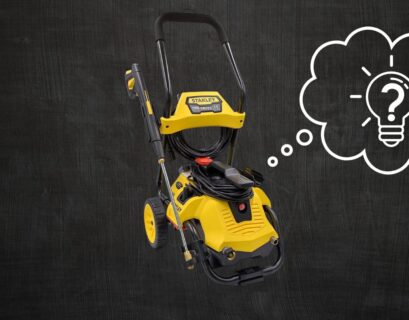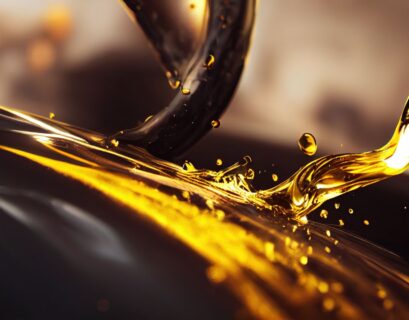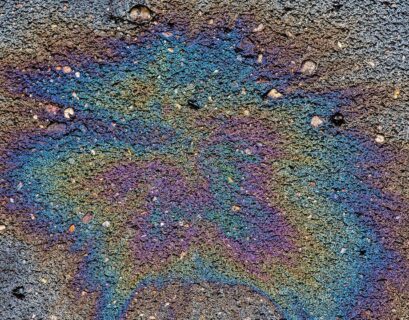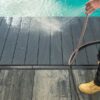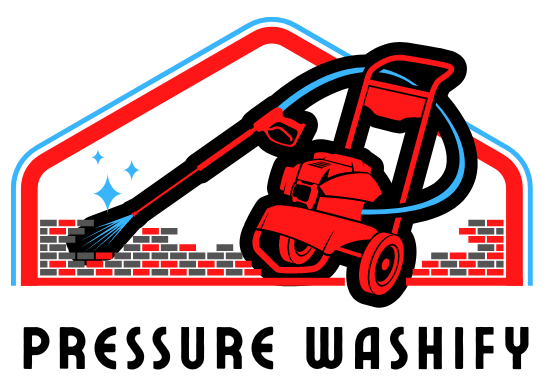Affiliate Disclaimer: This post may contain affiliate links, meaning we get a commission if you decide to make a purchase through our links, at no extra cost to you.
Mastering advanced tips for pressure washing transforms a rookie into a pro. Pairing skill with professional equipment, you’ll unlock remarkable efficiency while delivering pristine results.
Professionals understand the nuances of diverse surfaces, the effects of pressure and flow rate, and the value of accurate spray targeting. Superior cleaning gains emerge from leveraging a tailored combination of tips for pressure washing each task – a must-know for any committed pressure washer seeking top-flight results.
High-quality, professional equipment proves indispensable in this journey toward mastering tips for pressure washing. Don’t despair; investing in the right gear need not break the bank, but opens the door to unrivaled productivity and customer satisfaction.
Advanced Pressure Washing Equipment
Gas vs. Electric:

The question of power source becomes one of your first considerations when selecting a professional-grade pressure washer. Gas models often provide more power, while electric versions offer a quieter operation. Your choice depends on the jobs you tackle.
Pressure Washing Nozzles:
Nozzles are not just mere attachments; they’re the gatekeepers of precision and power. Becoming fluent in the different nozzle tips, and their applications, and pairing them correctly with varied surfaces can significantly enhance your pressure-washing prowess.
Detergents:
High-grade detergents boost not only your cleaning efficiency but also open possibilities for tackling stubborn grime or peculiar stains. Understanding the synergy between your detergents and your machine is vital.
Other Accessories:
Pressure washer-specific attachments like guns, extension wands, surface cleaners, and foam cannons are the unsung heroes of a professional’s toolkit. These attachments bridge the gap between basic and advanced pressure washing techniques, lending a helping hand as you put our expert tips for pressure washing to use.
Advanced Tips For Pressure Washing
The Art of Pressure and Flow Rate Balance for Diverse Cleaning Tasks
One of the essential tips for pressure washing is understanding the balance between pressure and flow rate. High pressure, like 3,000 PSI, is ideal for tougher tasks such as stripping loose paint or dislodging hardened droppings.
Meanwhile, a high flow rate (measured in gallons per minute, GPM) is perfect for rinsing away dirt or loose particles from a large deck or patio. Through experience, you’ll learn to gauge the best pressure and flow rate combination to apply for any cleaning task at hand.
Precision Tips for Effective Directional Spray
Directional spray is as much a weapon in a professional’s arsenal as the strength of the water jet. Angling your spray at approximately 45 degrees, for instance, can help lift and remove dirt from a wooden fence or rust from iron railings. The angle of the spray can be a critical factor in giving your pressure washing a professional-grade finish.
Meteor Blast 6 in 1 Adjustable Nozzle

We recommend using the high-quality 6 in 1 adjustable nozzle when pressure washing. This nozzle essentially saves you the hassle of changing nozzles for different requirements.
Its benefits include:
– Quick connect connection
– 4000 PSI pressure support
– Minimal effort switching
– Ultra-durable materials
So get rid of tacky time-wasting nozzles and switch to Meteor Blast 6 in 1 nozzle for a smooth pressure washing experience!
The Science and Strategy behind Hot Water Pressure Washing
Few tips for pressure washing pack as much of a punch as the application of hot water. Suppose you’re dealing with a grimy engine or oil-stained garage floor. In that case, hot water pressure washing, within the temperature limits advised by the manufacturer, softens and dislodges the grime for easy removal.
When combined with a suitable detergent, this hot water strategy can leave surfaces gleaming like new.
Utilizing Detergent Dispensers for Efficient Deep Cleaning
Using detergent can be a game-changer for deep cleaning tasks. Your pressure washer’s detergent dispensers, if available, allow you to dispense the ideal amount of detergent into the water stream, thus enhancing your cleaning power.
For example, a detergent formulated specifically for siding can help remove years of grime and mildew from a house exterior with your pressure washer.

Surface-Specific Advanced Techniques
Applying the right tips for pressure washing on various surfaces empowers you to obtain optimal results. Each surface requires a customized approach, ensuring spotless outcomes while minimizing damage to materials.
Concrete Surface: Oscillating Tips, Detergent Injection, and Water Temperature Balance
Concrete surfaces respond well to the combined effects of oscillating tips, detergent injection, and a harmonious balance between water temperature and pressure. For instance, using a turbo nozzle, also known as an oscillating tip, on driveways and sidewalks breaks up grime and debris effectively.
Apply a detergent specially formulated for concrete and adjust the water temperature according to the stain being treated for excellent results.
Brick and Masonry: Ideal PSI Levels, Rotary Nozzles, and Chemical Cleansers
When treating brick or masonry, gauge the ideal PSI levels to avoid material damage. For most brick surfaces, 1,200 to 1,500 PSI is a safe choice. Rotary nozzles combined with chemical cleansers designed for masonry can eliminate algae, mold, and stubborn grime.
Cleanse residue with a rinse after the treatment for a pristine finish.
Wooden Surfaces: Usage of Low-Pressure Nozzles, Appropriate Detergents, and Surface Preparation
Wooden surfaces demand a careful approach. Use low-pressure nozzles, such as a 40-degree nozzle, to prevent damage while pressure washing decks, fences, and furniture. Apply detergents specific to wooden surfaces to enhance cleaning while safeguarding the material. Before pressure washing, remove loose debris and dirt with a brush to prep the surface.
Vehicles: Foam Cannons, Rotary Brushes, and Paint-Friendly Pressures
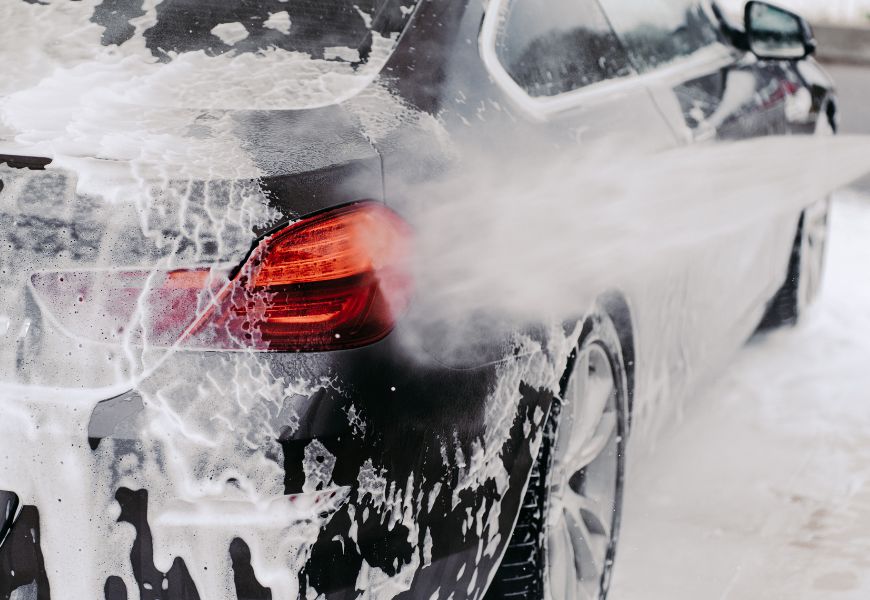
Vehicles entail a tailored set of tips for pressure washing. Equip foam cannons to cover the exterior with a thick layer of automotive detergent. Utilize soft rotary brushes to scrub gently before rinsing off the foam.
To protect the paint and finish, maintain a paint-friendly pressure level of about 1,200 to 1,900 PSI. Keep the nozzle at least a foot away from the surface and angle the spray to avoid direct hits.
Handling Common Professional-level Challenges
Innovative Solutions for Stubborn or Oil-Based Stains
Professional pressure washers tackle a range of stubborn stains that can seem impervious to cleaning. However, innovative solutions can make these challenging tasks manageable.
For an oil-based stain, a hot water pressure washer coupled with a potent degreasing detergent can work effectively. The heat melts the oil, allowing the detergent to dislodge it from the surface. Then, the force of the water can remove it completely.

As for stubborn or ingrained dirt, rotating or turbo nozzles can provide the extra power needed to lift the debris. These nozzles spray water in a circular motion, offering more cutting power to break up the toughest stains.
Read our detailed guide for removing stubborn oil stains from asphalt.
Preventing Pressure Washing-Induced Damages
Prevention of damage is a paramount concern in pressure washing. It involves making sure the right pressure, nozzle, and technique are employed for each surface. For instance, soft surfaces such as wood may require a lower-pressure nozzle and a gentler approach.
A tip for pressure washing safely involves testing a small, hidden area before proceeding with the entire surface. This way, you can judge the impact of your pressure washer without risking visible damage.
Managing Environmental Factors like Wind and Temperature
Environmental factors like wind and temperature can present significant challenges to pressure washing. High winds can make maintaining spray direction difficult and reduce the effectiveness of the clean. A useful tip for pressure washing in windy conditions is to spray at a downward angle so the wind cannot take the water too far off course.
Temperature, too, can impact your pressure washing. Cold weather can make oil or grease harden, making it tougher to remove. Here you can counteract this effect by using hot water and a high-quality detergent.
Water Reclamation Systems for Pressure Washing: A Crucial Tool for Professionals
One aspect of professional pressure washing that often goes unmentioned but has significant importance is the use of water reclamation systems.
What Are Water Reclamation Systems?
Water reclamation systems are designed to recover and treat used water from pressure washing operations. The water, once filtered of chemicals, oils, solids, and other contaminants, can be reused for further cleaning tasks or safely discharged. These systems commonly feature:
- Collection systems like vacuum booms and berms
- An array of filtration units
- Holding tanks for the treated water
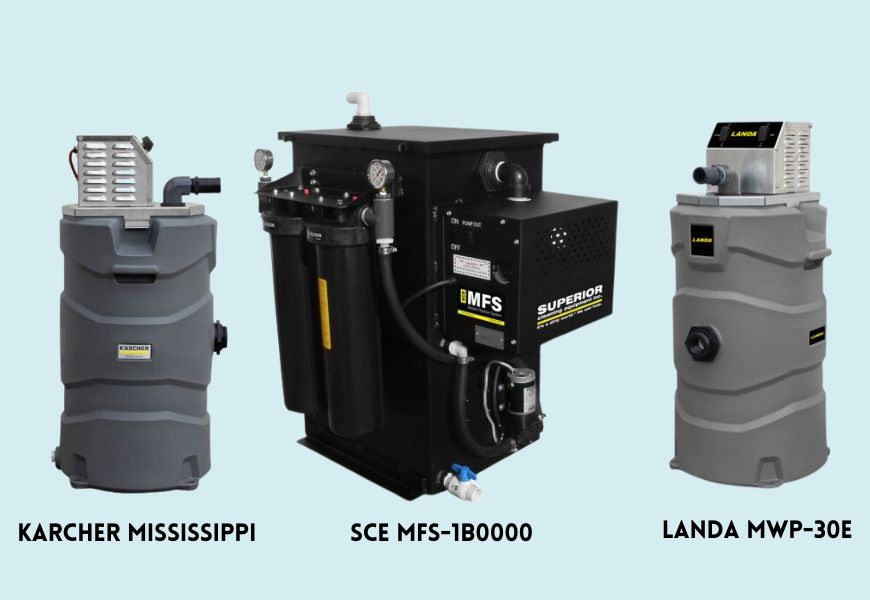
Importance for Professionals
- Compliance with regulations: Environmental regulations often dictate the collection and treatment of wastewater from activities like pressure washing. In many cities, it’s illegal to let contaminated water enter storm drains. A professional with a water reclamation system can avoid penalties and demonstrate their commitment to sustainable practices.
- Water conservation: One of the critic’s tips for pressure washing is to conserve water. These systems allow professionals to do just that. By recycling the water used during a job, the overall water consumption is drastically reduced.
- Cost-effectiveness: Water costs can add up over time, particularly in areas where water usage is heavily monitored or priced high. By reusing water, professionals can lower these costs, making their operation more economical.
- Versatility and professional appeal: Having a water reclamation system can help businesses set themselves apart in the market. The ability to reclaim, filter, and reuse water reflects a high level of professionalism and respect for both the environment and regulations, which can appeal to environmentally conscious customers.
Conclusion
Pressure washing is indeed a blend of science and skill, with different variables working in unison to achieve that immaculate clean. Mastering the art of pressure washing involves not only understanding the basic mechanics but also adopting the right strategy based on the specific surface and stain you’re dealing with.
Our exploration into these advanced tips for pressure washing aims to equip you with the necessary knowledge to tackle an array of pressure washing tasks confidently. From managing the balance between pressure and flow rate, and adopting surface-specific techniques, to handling professional-level challenges, we hope you now have a toolkit brimming with practical skills.
But as with any craft, proficiency comes with practice. So, get out there, start experimenting with these tips and techniques, and become the pressure-washing expert you’re destined to be.




